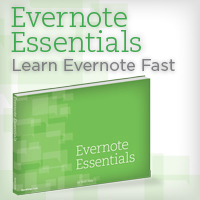I mentioned on Twitter a few minutes ago—as I write this—that I wasn’t a big fan of Byword for iPad. Here’s the exact toot since they can now be embedded in web pages (which is pretty sweet):
Wow, Byword for iPad is pretty awful.
— Brett Kelly (@inkedmn) April 8, 2012
Some folks wondered to what, specifically, was I reacting when I wrote that. Welp, Imma tell you.
(And, yes, I recognize that I very recently railed against evaluating slightly-different solutions to problems that have already been solved. Mea culpa.)
-
The show/hide gesture for the list of files and folders on the right is incredibly janky. If I’m not extremely careful to swipe in a perfectly horizontal motion, the gesture is interpreted as a vertical swipe and it scrolls me away from where I was writing/reading. Super annoying.
-
I have no idea what Byword calls this feature (or if they even have a name for it in their feature list), but it does the thing where it tries to guess what character you mean to type. In the thing I was writing a few minutes ago, I had a parenthetical statement inside another parenthetical statement, like this: (I’m in (double parentheses!)). When I tried to type the second opening parenthesis, it kept inserting a closing parenthesis. This may seem like a niggle, but I hate software that tries to be smarter than me because, most of the time, it’s not.
-
At some point in the last 48 hours, Byword ceased being able to open any of the files I had in my Dropbox folder (including files created and edited using only Byword). I got some cryptic error message about the file not being available. Getting everything working again required me to quit and forcibly kill the app. Yes, this is another nit-pick, but I’m in the middle of a list here and it was just another straw my camel had to carry.
-
It does zero Markdown highlighting. The desktop version of Byword does this, but the iOS app does not. I don’t know why this is.
-
If you want to configure it to sync with a specific subfolder within your Dropbox folder, you have to type in the path to that subfolder by hand (instead of browsing through the folder hierarchy and choosing the folder you want).
I realize lots of people love this app and that’s totally cool — use what works for you. I just found the combination of the above annoyances to be ample reason for me to stop using it.

